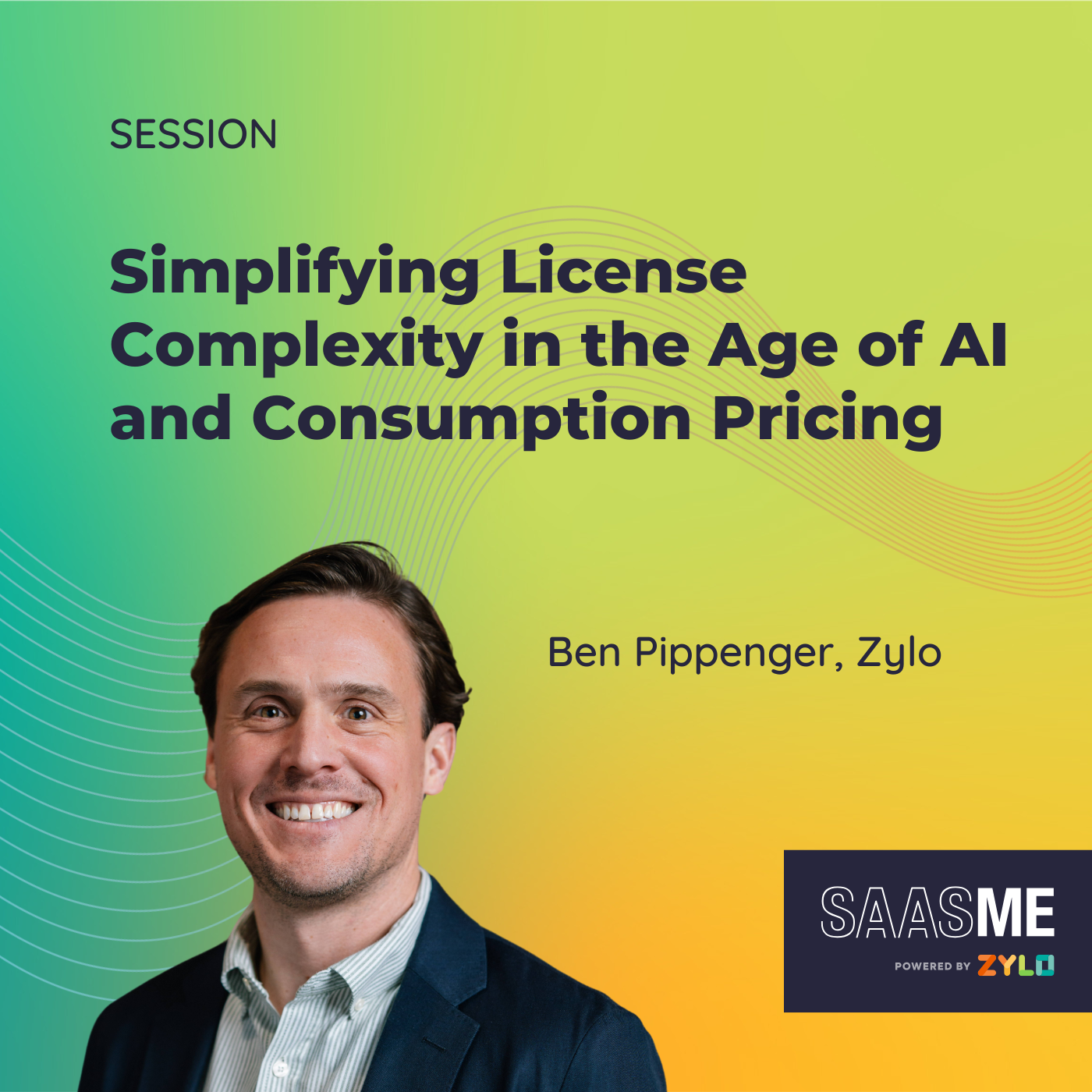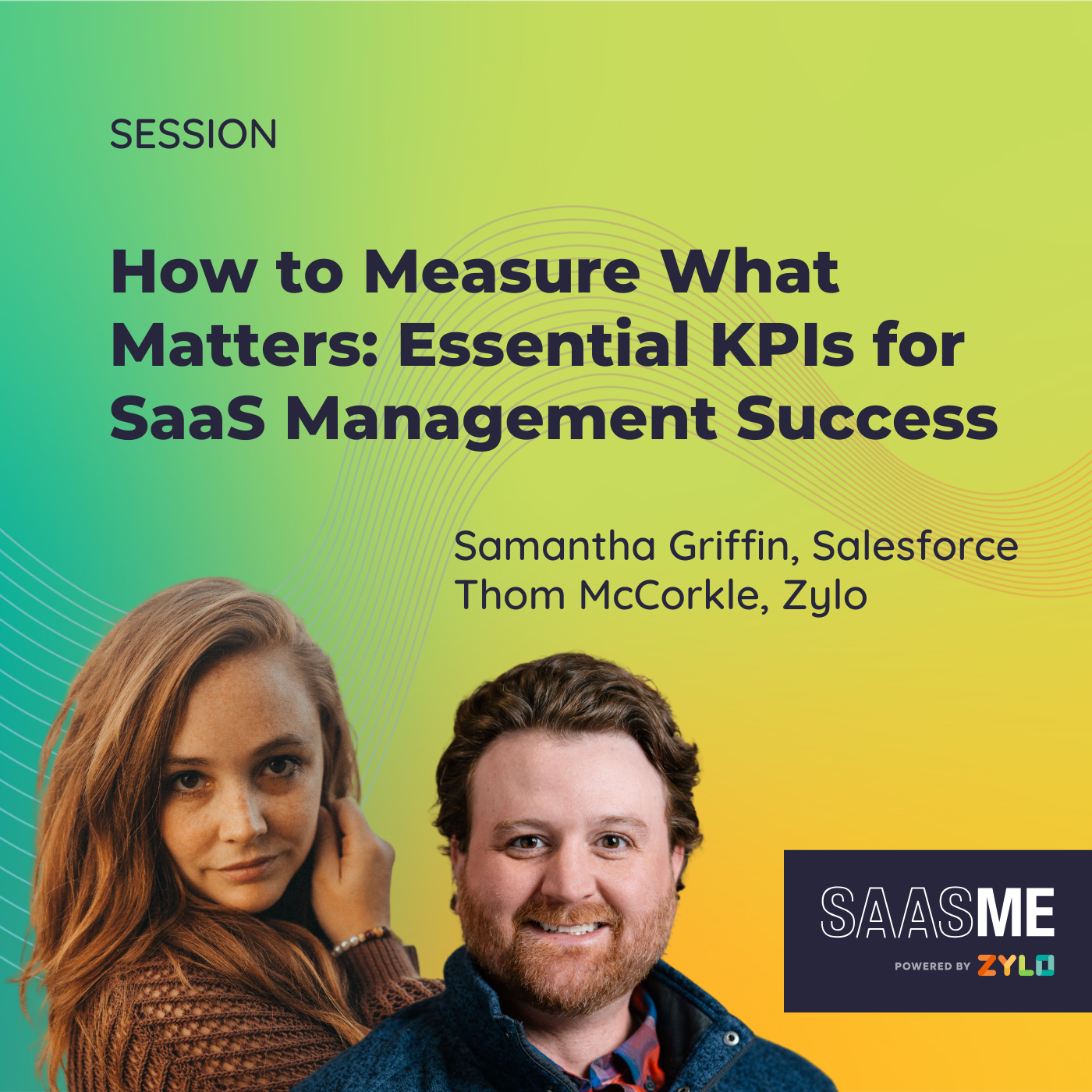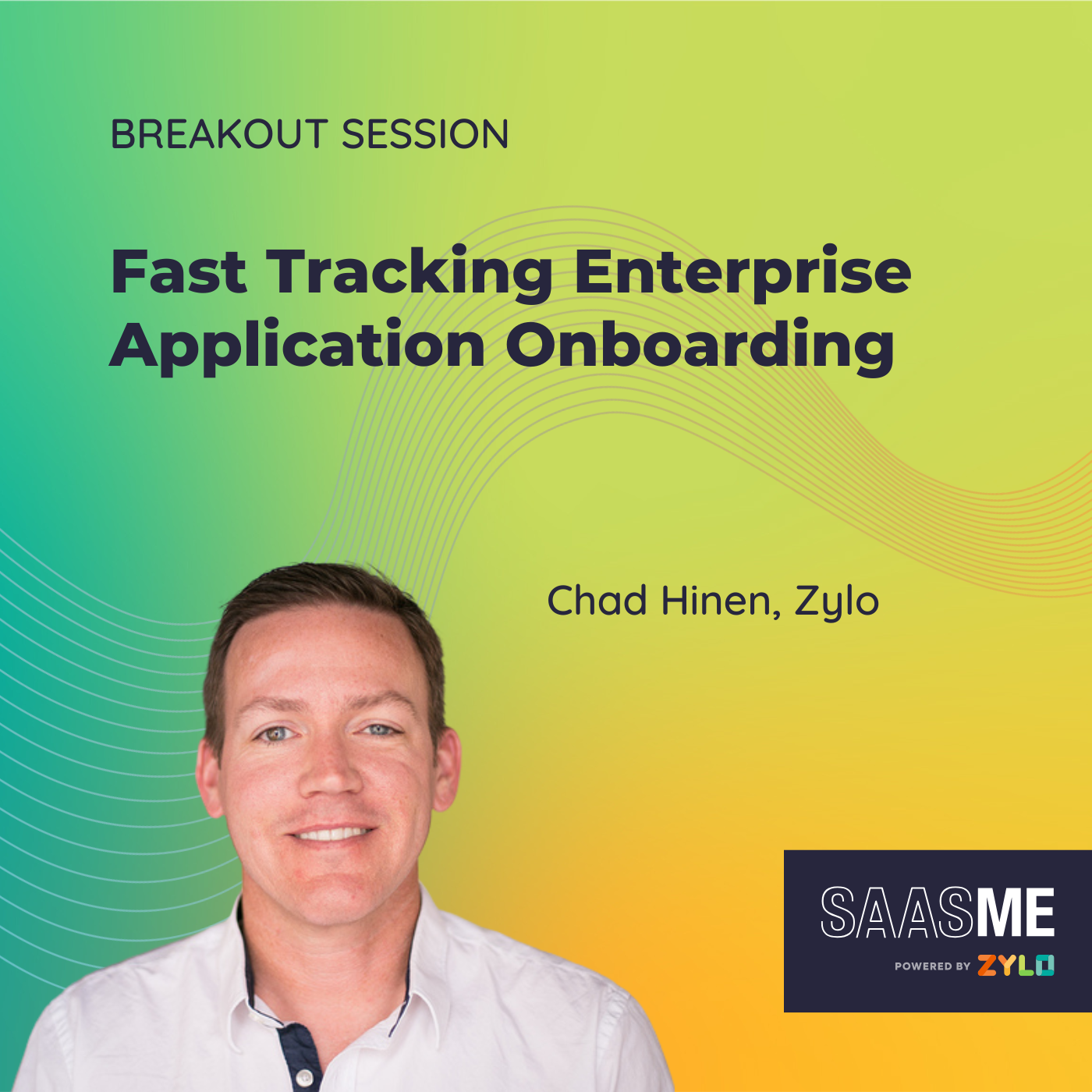Reducing Risks by Remediating Shadow IT
- 0.5
- 1
- 1.25
- 1.5
- 1.75
- 2
Ali Najeed: Hello, welcome to the session for reducing risks by remediating shadow IT. My name is Ali Najeed. I've been with Intuit for about four years, managing software asset management. So a little bit more about the session getting started with our shadow IT problem, how we address shadow IT, the result of our efforts, what's the next at Intuit, and some key takeaways that I'll be sharing with you today.
Ali Najeed: One of the core values of Intuit is customer obsession, which essentially is we deliver unrivaled customer benefits to power their prosperity. This value really applies to employees as well, which gives us the ability to use and purchase the latest and greatest technology available to do our job efficiently. This is obviously great for employees to be able to purchase whatever technology is available to use. However, putting my software asset management hat on, this obviously poses a little bit of a challenge for us.
Ali Najeed: To start off, some of the challenges that we have with software asset management at Intuit is a decentralized software asset management team, which means we are only responsible for compliance and optimization. We do not manage the lifecycle of software assets. Along with that, giving the business units and the teams and even employees the ability to purchase whatever software they require and they need. This creates a perfect opportunity for shadow IT to creep into the organization as a whole. And also, as time goes on, the lack of visibility for business units as employees move around either within the business units or leave the company, this provides an environment where optimization and actual license management becomes a little bit of a challenge for the business units themselves.
Ali Najeed: So when we started with our software asset management, specifically on the SaaS side of it, when we started focusing on SaaS environment within Intuit, once we engaged with Zyol and onboarded into the Zylo platform, one of the first things that we tried to do is to understand exactly what our SaaS footprint is. So by enabling the AP and expense data, integrating it with Zylo, this provided exactly the information that we really needed.
Ali Najeed: One of the very first things was being able to really see exactly what our footprint is, how people are purchasing, what software is being purchased. And one of the very first things that we did see is that there's a lot of software that is being purchased through credit cards by business units or teams that we actually have enterprise agreements in place. So one of the things that we did with this data, that really give us the ability to start working with the business units and with our sourcing and procurement team to establish some policies around software asset management and software purchasing programs.
Ali Najeed: This governance really enabled us to start reeling in some of the expenses that were being made through the P-Card purchases. It also gives us the ability to really work with the business units themselves to start onboarding their lifecycle asset management into Zylo and additional tools that we have around software asset management. And this was the perfect way to really start challenging this shadow IT concept that is really being created within Intuit as a whole.
Ali Najeed: Aligning with business units and our sourcing, what we are starting to realize is that we can start optimizing the environment, reducing duplication of different technologies that are being purchased throughout the different business units, similar functionality applications that are being purchased by different business units, and also being able to really control the usage of these different products in terms of being able to provide data that shows that certain licenses are not being used by the employees that have those licenses available to them. So this really is setting us up towards optimization and reducing the total cost of software asset management at Intuit.
Ali Najeed: After setting up the governance and establishing our rhythm with the business units in terms of being able to provide the optimization, some of the things that we've been able to generate is focusing really on the governance piece of it and making sure that the business units are aligned with the processes. From purchasing even new software, we're trying to establish to make sure that the business units are aware of all the available software that we currently have before the business units actually go and purchase something new. This has also enabled us to reduce our current footprint in terms of the expenses. So to date, we are less than 1% of our total SaaS spent as being expensed being purchased through P-Cards, which is really awesome compared to where we were before we actually had this visibility available to us.
Ali Najeed: So a couple of things that we're in the process right now is actually being able to share all the data that we have on different software products with the products owners. So we are sharing our Zylo dashboards with the product owners so they really have real- time information in terms of who's using the products. Also enabling our Workday data to be populated into Zylo platform. The business units now have the visibility of employees that have left the company so that way, they can start acting on those optimization opportunities. So even though we did have shadow IT, I still have that gut feeling, in a way, that we will continue to have these challenges, but being able to really provide useful data and analytics on existing of all the software that we do have. This should hopefully eliminate or reduce the complexity and allow us to be able to have an optimized environment for software asset management.
Ali Najeed: So the other thing that we're really focusing on is we are establishing really close relationship with our sourcing team and procurement team as well. They also have access to Zylo platform and they're able to utilize this data to ensure that their negotiations of contract renewals actually are aligned with the optimization opportunities. Another area that we're starting to focus on is actually using application catalog within Zylo. So that way, the business units, before even going out to purchase a new software, they can come in and see exactly all the available software for them that the company actually has agreements with. This will hopefully reduce the number of similar products functionality- wise. That way, they can actually use a product that we already have licenses for that meets their need and hopefully that will reduce the cost of software purchases within Intuit as a whole.
Ali Najeed: A couple of takeaways from our experience, although you probably cannot remove shadow IT completely, especially with a decentralized approach to software asset management, having that visibility actually helps to reduce the number of shadow ITs that could creep up within the organization. Having that proactive approach is required to really stay on top of all the new products that are coming online into the market and companies having the ability to go and purchase it specifically in a decentralized environment. So this really helps having all the data available or as much data available as we can possibly have. Having that ability to have that cross-functional team alignments with different business units, sourcing, procurement, software asset management, this really helps specifically when we are in a place of negotiation of a new term on a contract. This really helps provide all the exact usage data more in an optimized way and that way, we can negotiate better deals using the data that we have available.
Ali Najeed: And then finally, having governance around the whole process, making sure that the entire software asset management lifecycle is really being governed by a similar set of processes across the board. That really helps making sure that as we continue to grow, we're not spending a lot of time and energy and money managing the ever- changing landscape of software asset management as a whole. So hopefully, some of the experiences that we've gone through will help you guys within your organizations to get control of the shadow IT or even reduce the costs of current existing contracts down the line. Having this data really helps reduce the complexity as well as reduce the cost of having software purchased throughout the company. With that being said, if there is any additional questions or conversations that you guys would like to have, please reach out to me on LinkedIn. Just look me up, Ali Najeed, and hopefully, I'll be able to help and assist you guys through your journey as well. Thank you.
DESCRIPTION
On average, Shadow IT represents 6% of SaaS spend, but 37% of application quantity. These unknown and ungoverned SaaS applications pose a risk to security, compliance and your budget! Learn how to bring Shadow IT into the light and reduce associated risks.
Today's Guests








